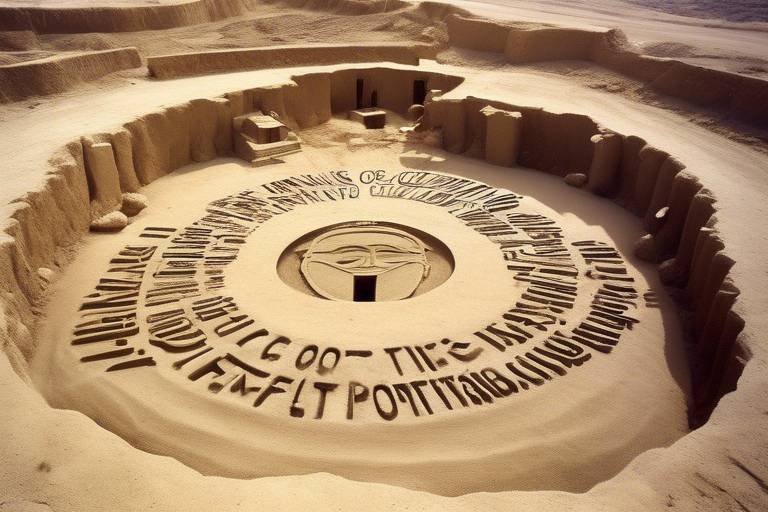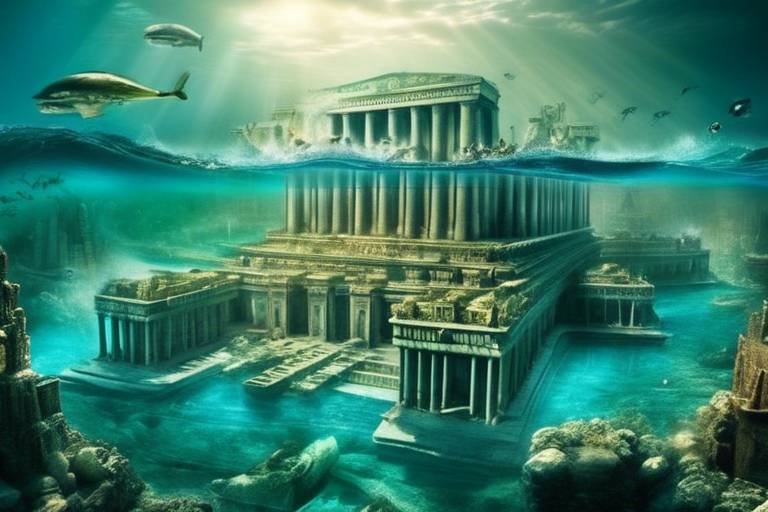Recent Findings at Pompeii - A Window into the Past
Pompeii, the ancient city frozen in time by the catastrophic eruption of Mount Vesuvius, continues to captivate historians, archaeologists, and visitors alike. Recent excavations and discoveries at Pompeii offer a fascinating glimpse into the daily lives, cultural practices, and architectural marvels of the ancient Romans. These findings serve as a window into the past, allowing us to unravel the mysteries of this once-thriving city.
The history of Pompeii dates back to the 8th century BC when it was established as a prosperous Roman city. Its strategic location near the Bay of Naples made it a hub for trade and commerce, attracting wealthy merchants and influential figures. The city flourished until that fateful day in 79 AD when Mount Vesuvius erupted, burying Pompeii under a thick layer of volcanic ash and pumice.
Excavations at Pompeii have unearthed a treasure trove of well-preserved artifacts, providing valuable insights into the daily lives of its inhabitants. From household items like pottery, utensils, and jewelry to elaborate frescoes and mosaics adorning the walls of villas, these artifacts offer a glimpse into the social hierarchy, cultural practices, and artistic tastes of ancient Pompeii.
One of the most striking aspects of Pompeii is its architectural marvels, showcasing the advanced engineering skills of the Romans. The city boasts an impressive amphitheater, temples dedicated to various gods and goddesses, and luxurious villas with intricate designs. The urban planning of Pompeii reflects a sophisticated layout with well-defined streets, public baths, and a complex water supply system.
The cultural practices of the Pompeiian society are vividly depicted through the art and artifacts discovered in the archaeological excavations. Religious beliefs, social customs, and everyday rituals come to life through the intricate frescoes and mosaics that adorn the walls of temples, public buildings, and private residences. These artistic expressions offer a glimpse into the spiritual and social fabric of ancient Pompeii.
The eruption of Mount Vesuvius in 79 AD not only brought about the tragic demise of Pompeii but also led to its remarkable preservation. The volcanic ash that engulfed the city acted as a natural time capsule, freezing the bustling streets, vibrant frescoes, and poignant remains of its inhabitants in a poignant tableau of ancient life.
Ongoing research and conservation efforts continue to shed new light on the history and significance of Pompeii. Scholars and archaeologists are dedicated to unraveling the mysteries of this ancient city, while conservation projects aim to safeguard its fragile ruins for future generations. Pompeii remains a testament to the enduring legacy of the Roman civilization and a poignant reminder of the fragility of human existence in the face of natural disasters.
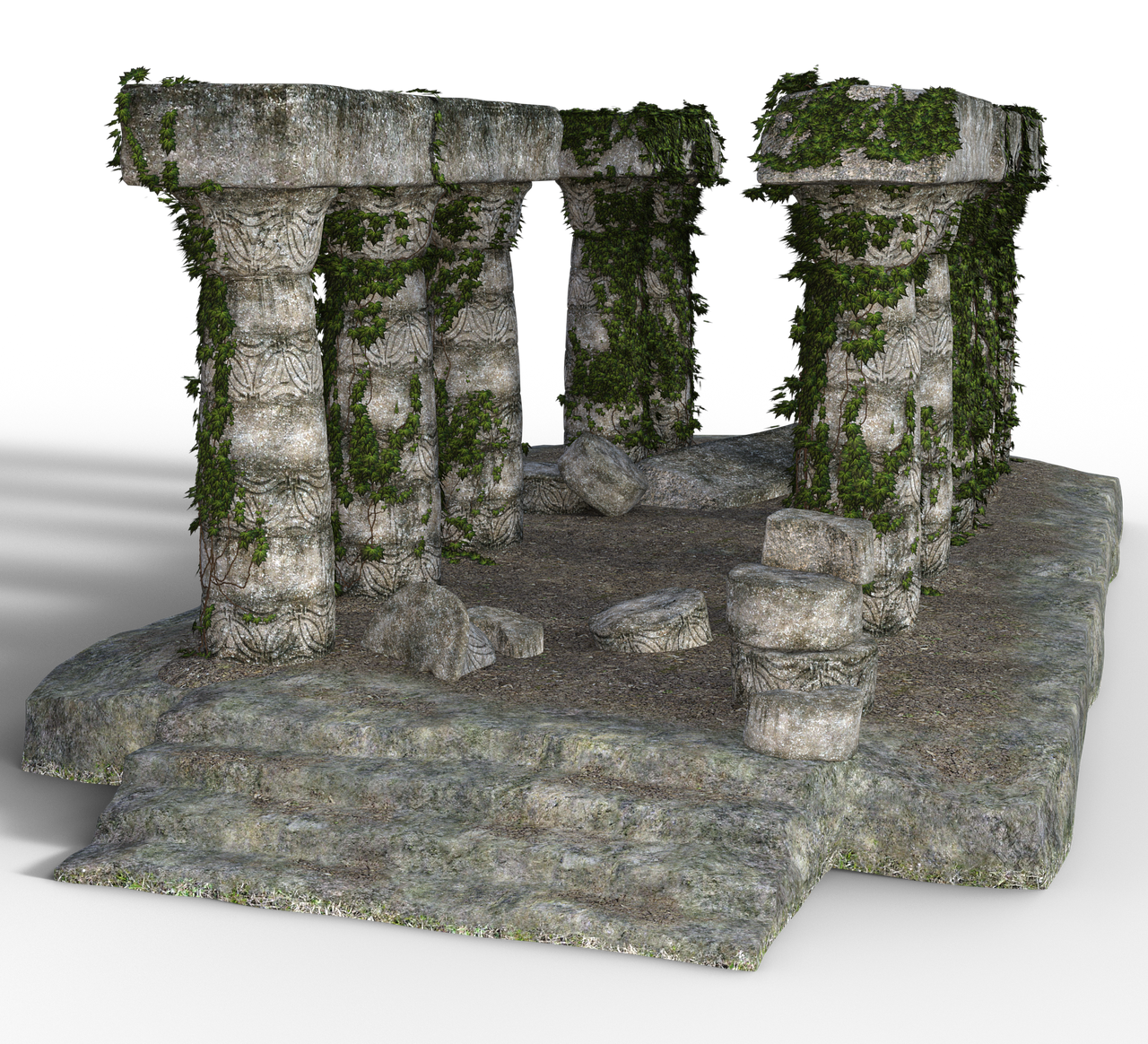
History of Pompeii
The ancient city of Pompeii holds a treasure trove of history waiting to be uncovered. Let's delve into the fascinating world of Pompeii and explore the recent discoveries that have shed light on the lives of its inhabitants.
Pompeii, a once-thriving Roman city located near modern-day Naples, Italy, was buried under a thick blanket of volcanic ash and pumice when Mount Vesuvius erupted in 79 AD. This catastrophic event not only led to the city's destruction but also remarkably preserved it for centuries, providing a unique glimpse into Roman life and culture.
The history of Pompeii dates back to the 8th century BC when it was founded by the Oscans, an ancient Italic tribe. Over time, the city flourished under Roman rule, becoming a bustling hub of trade and commerce. Its strategic location near the Bay of Naples made it a vital port city, attracting merchants, sailors, and travelers from far and wide.
With its well-preserved ruins and artifacts, Pompeii offers a vivid snapshot of daily life in ancient Rome. The city's architecture, artwork, and infrastructure provide valuable insights into the social, economic, and political dynamics of the time. Exploring Pompeii is like stepping back in time, experiencing the sights and sounds of a bygone era.
Despite its tragic end, Pompeii's legacy endures as a testament to the resilience and ingenuity of the Roman civilization. By unraveling the mysteries of Pompeii, we not only uncover the past but also gain a deeper appreciation for the rich tapestry of human history.
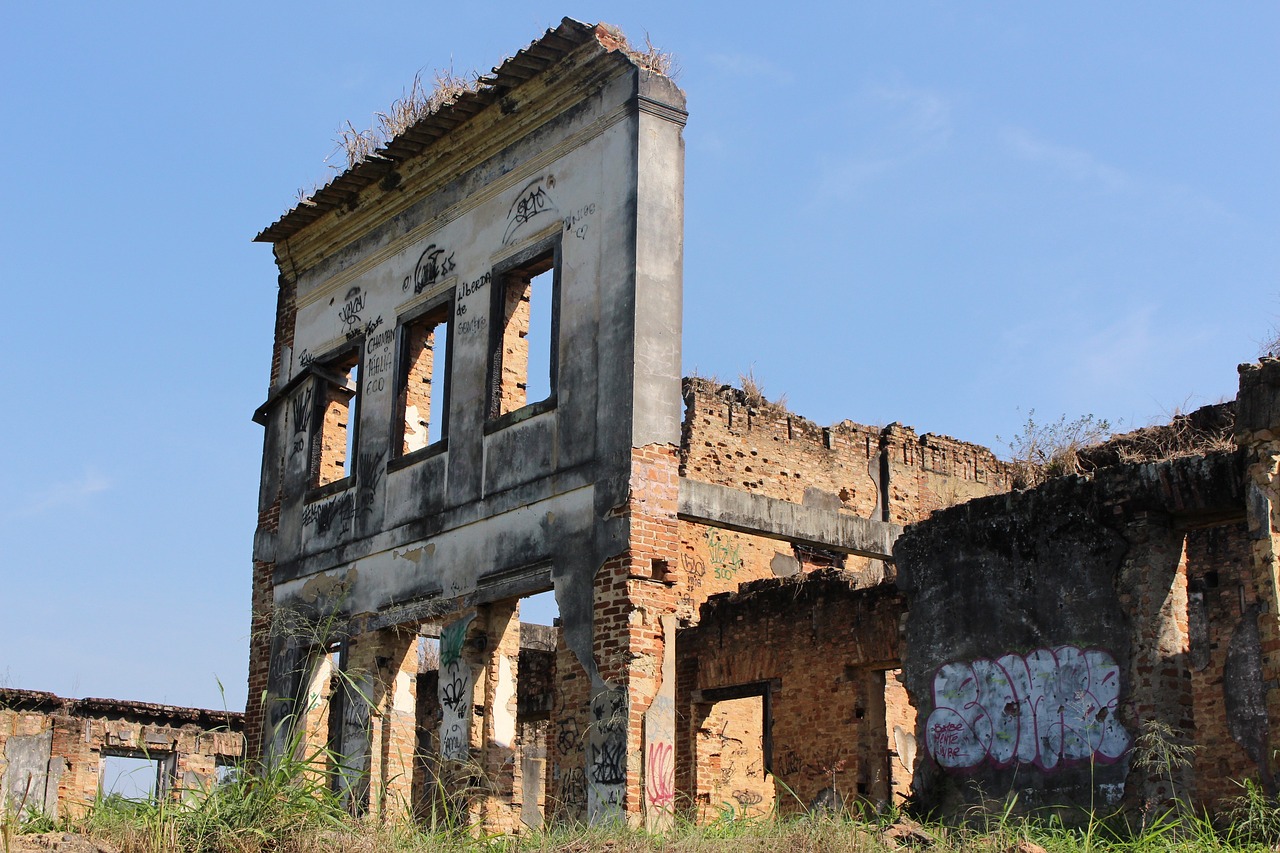
Excavations and Discoveries
Exploring the ancient ruins of Pompeii has been an ongoing journey of discovery, unearthing a treasure trove of insights into the past. The excavations at Pompeii have revealed a wealth of information about the daily life, customs, and architecture of this once-thriving Roman city. Archaeologists have meticulously unearthed various artifacts and structures that provide a glimpse into the past, offering a fascinating look at the lives of the Pompeiian people.
One of the most remarkable aspects of the excavations at Pompeii is the preservation of everyday items that were frozen in time by the eruption of Mount Vesuvius. Household items such as pottery, tools, and decorations have been unearthed, giving us a glimpse into the domestic life of the ancient Romans. These well-preserved artifacts provide valuable clues about the social structure, economy, and daily routines of the Pompeiian society.
Furthermore, the excavations have revealed stunning examples of ancient Roman art and architecture. Intricate frescoes and mosaics adorn the walls and floors of villas and public buildings, showcasing the artistic skill and aesthetic preferences of the Pompeiian people. These artworks not only serve as decorative elements but also offer insights into the cultural and religious beliefs of the inhabitants.
Archaeologists have also uncovered impressive architectural marvels in Pompeii, such as the amphitheater, temples, and luxurious villas. The advanced engineering techniques employed in the construction of these structures highlight the ingenuity and craftsmanship of the ancient Romans. The layout and design of the city itself reflect a sophisticated urban planning system, with well-defined streets, public spaces, and water distribution systems.
Through the ongoing excavations and discoveries at Pompeii, researchers continue to piece together the puzzle of this ancient city, shedding light on its history, culture, and demise. Each new finding adds to our understanding of the past, allowing us to connect with the people who once walked the streets of Pompeii and experienced the catastrophic eruption that forever changed their world.
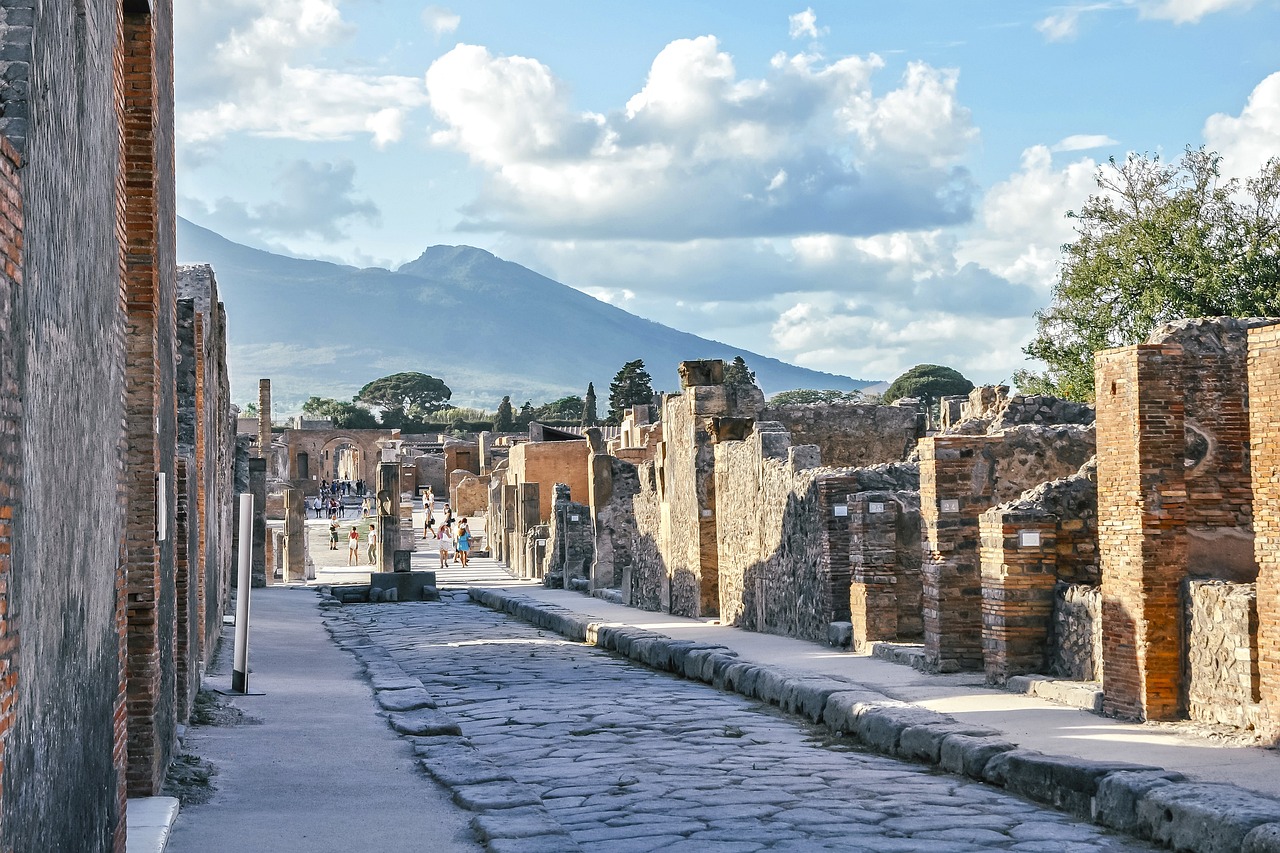
Preserved Artifacts
Pompeii, an ancient city in Italy, holds a significant place in Roman history. This once-thriving city was tragically buried under volcanic ash and pumice after the catastrophic eruption of Mount Vesuvius in 79 AD. The ruins of Pompeii provide a fascinating glimpse into the daily lives and cultural heritage of its inhabitants, offering a unique perspective on ancient Roman civilization.
The ongoing archaeological excavations at Pompeii have unearthed a treasure trove of artifacts that offer valuable insights into the past. Recent discoveries have shed light on the daily routines, social dynamics, and artistic achievements of the Pompeiian society, enriching our understanding of this ancient civilization.
One of the most remarkable aspects of Pompeii's excavation is the remarkable preservation of artifacts. From household items like pottery, utensils, and furniture to exquisite artwork and infrastructure remnants, these artifacts provide a tangible link to the past. Walking through the ruins, visitors can marvel at the intricate details of everyday objects that once belonged to the residents of Pompeii, offering a poignant connection to the people who lived there centuries ago.
The architectural wonders of Pompeii stand as a testament to the advanced engineering skills of the Romans. The city boasts impressive structures such as the amphitheater, temples dedicated to various gods, and luxurious villas with elaborate frescoes and mosaics. These buildings not only showcase the grandeur of Roman architecture but also reveal the sophistication and artistic flair of the Pompeiian civilization.
The layout and design of Pompeii reflect a well-planned urban center with a network of streets, squares, and public buildings. The city's infrastructure, including an advanced water supply system and public baths, highlights the meticulous urban planning undertaken by the ancient Romans. Pompeii's well-organized layout continues to fascinate archaeologists and urban planners alike, offering valuable insights into ancient city planning techniques.
Exploring the cultural practices of Pompeii unveils a rich tapestry of religious beliefs, social customs, and artistic expressions. The archaeological findings, ranging from intricate frescoes depicting mythological scenes to elaborate mosaics adorning the floors of villas, provide a glimpse into the spiritual and artistic inclinations of the Pompeiian society. These cultural remnants offer a window into the daily lives and beliefs of the ancient inhabitants of Pompeii.
The catastrophic eruption of Mount Vesuvius in 79 AD forever altered the landscape of Pompeii. The volcanic ash and debris that engulfed the city preserved it in a time capsule, freezing the daily activities and structures of Pompeii in a moment of destruction. This natural disaster, while devastating, inadvertently led to the remarkable preservation of Pompeii, allowing modern-day archaeologists to unravel its mysteries and preserve its legacy for future generations.
In the present day, ongoing research initiatives and conservation efforts are dedicated to safeguarding the archaeological site of Pompeii. Conservation projects aim to protect the fragile ruins from environmental degradation and ensure the long-term preservation of this invaluable heritage site. Through collaborative efforts between archaeologists, historians, and conservationists, Pompeii continues to be a beacon of ancient history and cultural heritage.
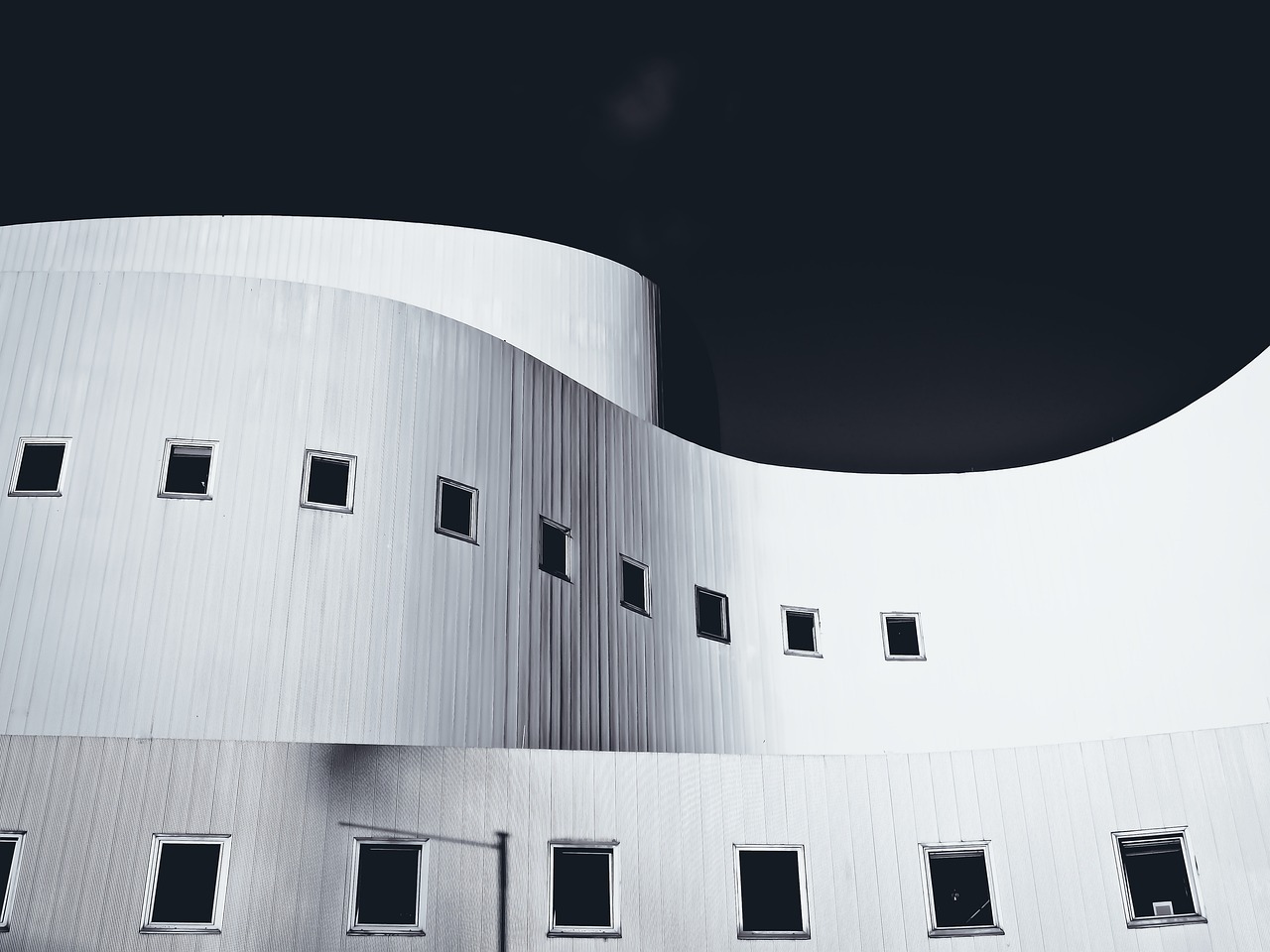
Architectural Marvels
When it comes to the architectural marvels of Pompeii, one cannot help but be in awe of the advanced engineering skills displayed by the ancient Romans. The city boasts a myriad of impressive structures that have stood the test of time, despite the catastrophic eruption of Mount Vesuvius in 79 AD. Among the most notable architectural wonders are the grand amphitheater, which once hosted gladiatorial contests and other spectacles, showcasing the entertainment preferences of the Pompeiian society.
In addition to the amphitheater, Pompeii is home to a variety of temples dedicated to different Roman deities, reflecting the religious beliefs and practices of the inhabitants. These temples not only serve as places of worship but also stand as testament to the artistic and architectural prowess of the Roman civilization. The intricate details carved into the stone facades and the grandeur of the temple complexes are a sight to behold, offering a glimpse into the spiritual world of ancient Pompeii.
Furthermore, the villas scattered throughout the city are a testament to the luxurious lifestyle enjoyed by the elite residents of Pompeii. These opulent residences boast elaborate frescoes, intricate mosaics, and sprawling gardens, showcasing the wealth and sophistication of the Pompeiian aristocracy. The meticulous design and layout of these villas speak volumes about the social hierarchy and cultural values prevalent in Roman society.
Moreover, the public buildings in Pompeii, such as the basilica and the forum, highlight the importance of civic life and governance in the ancient city. The basilica served as a hub for legal proceedings and commercial activities, while the forum was a bustling center for political discussions and social gatherings. The architectural layout of these structures reflects the organized and structured nature of Pompeiian society.
Overall, the architectural marvels of Pompeii not only showcase the engineering ingenuity of the Romans but also provide valuable insights into the cultural, social, and political aspects of ancient Roman life. Each building and structure in Pompeii tells a story of a bygone era, offering a window into the past that continues to fascinate and captivate visitors from around the world.
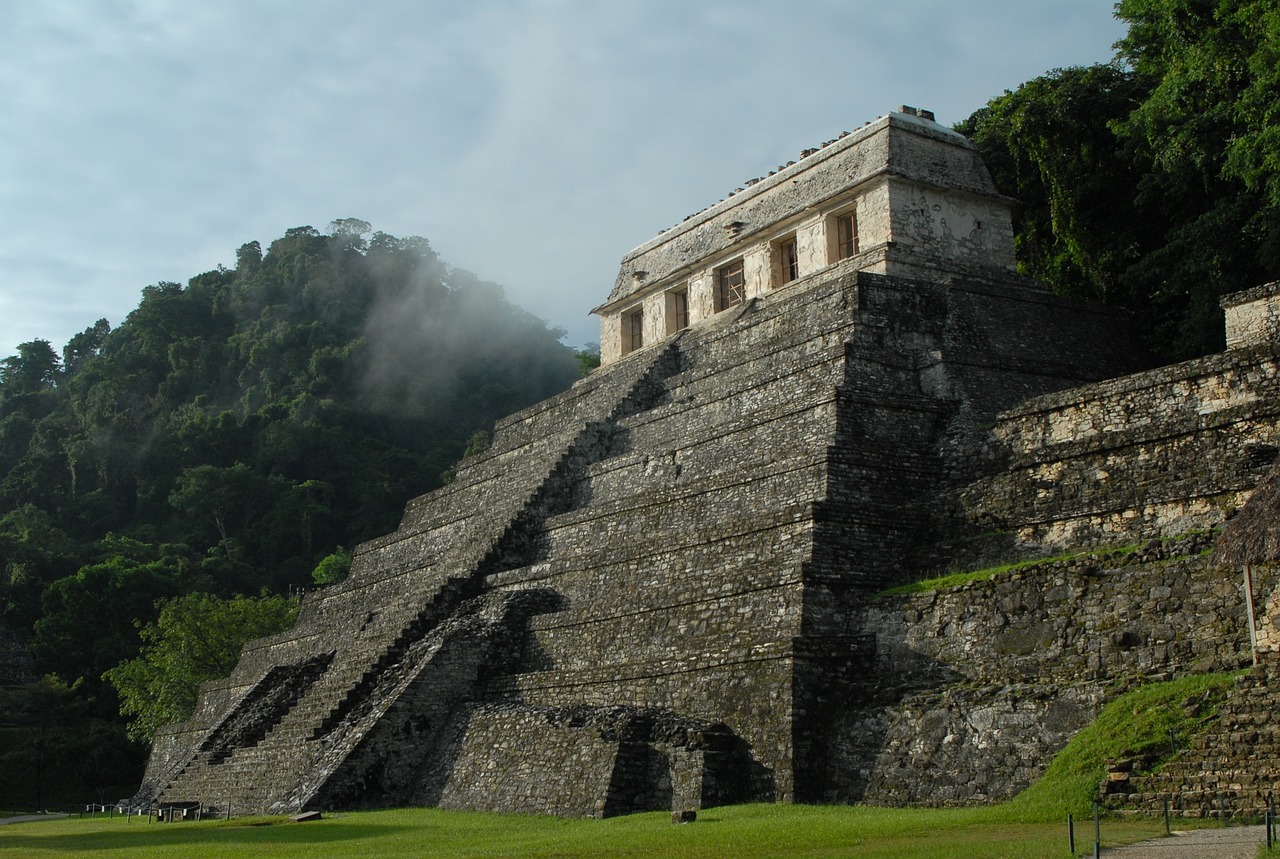
Urban Planning
The urban planning of Pompeii stands as a testament to the ingenuity of the ancient Romans, showcasing their meticulous attention to detail and forward-thinking approach. The layout of the city was carefully designed, with a network of well-organized streets, alleys, and public spaces that reflected a sense of order and functionality. The streets were constructed in a grid pattern, intersecting at right angles, facilitating easy navigation and efficient movement throughout the city. Pompeii's urban infrastructure included a sophisticated water supply system, with aqueducts and fountains providing clean water to its residents. Public buildings, such as the forum and marketplaces, were strategically located at the heart of the city, serving as focal points for social, political, and economic activities. The residential areas were divided into distinct blocks, each with its own set of houses, courtyards, and gardens, creating a sense of community and cohesion among the inhabitants. The architectural design of Pompeii not only reflected the practical needs of its residents but also embodied the grandeur and elegance typical of Roman civilization.
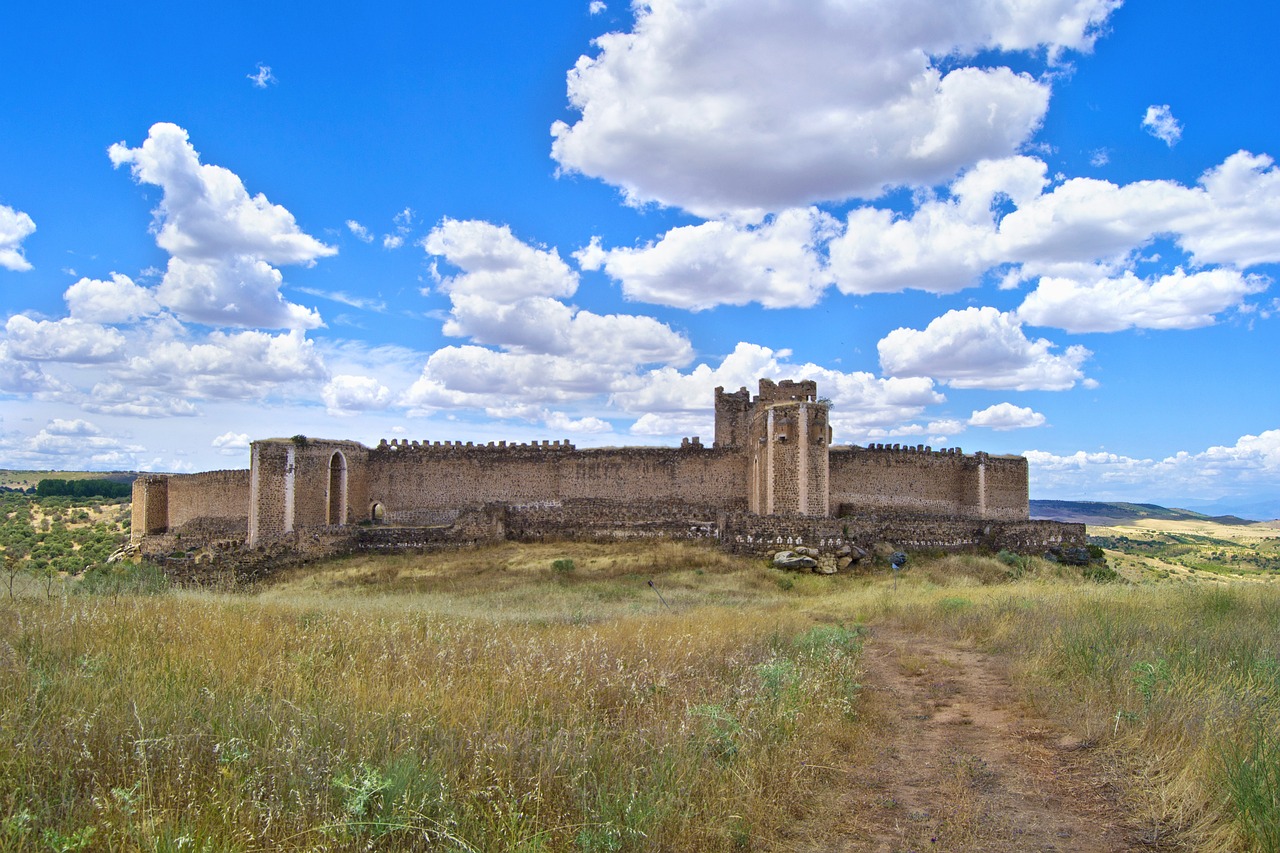
Cultural Practices
Exploring the cultural practices of ancient Pompeii unveils a fascinating tapestry of traditions, beliefs, and societal norms that defined the daily lives of its inhabitants. From religious rituals to social customs, the archaeological discoveries in Pompeii offer a glimpse into a vibrant and complex society.
One of the most striking aspects of Pompeiian culture is the intricate frescoes and mosaics that adorned the walls and floors of homes and public buildings. These artistic expressions not only showcased the aesthetic preferences of the Romans but also served as a medium for storytelling and mythological narratives.
The religious beliefs of the Pompeiians were deeply intertwined with their daily lives, as evidenced by the numerous temples and shrines dedicated to various deities. From the worship of household gods to elaborate ceremonies honoring the gods of the Roman pantheon, religion played a central role in Pompeiian society.
Social interactions and customs in Pompeii reflected a hierarchical structure, with distinct roles and expectations for individuals based on their social status. Banquets, public baths, and political gatherings were integral to the social fabric of the city, providing opportunities for both leisure and civic engagement.
Furthermore, the culinary practices of Pompeii offer insights into the gastronomic delights enjoyed by its residents. From street food vendors to elaborate feasts in wealthy households, food played a significant role in Pompeiian culture, showcasing a rich culinary heritage.
In conclusion, the cultural practices of ancient Pompeii paint a vivid picture of a society that thrived in art, religion, social interactions, and gastronomy. By delving into these aspects of Pompeiian life, we can truly appreciate the depth and complexity of this ancient civilization.
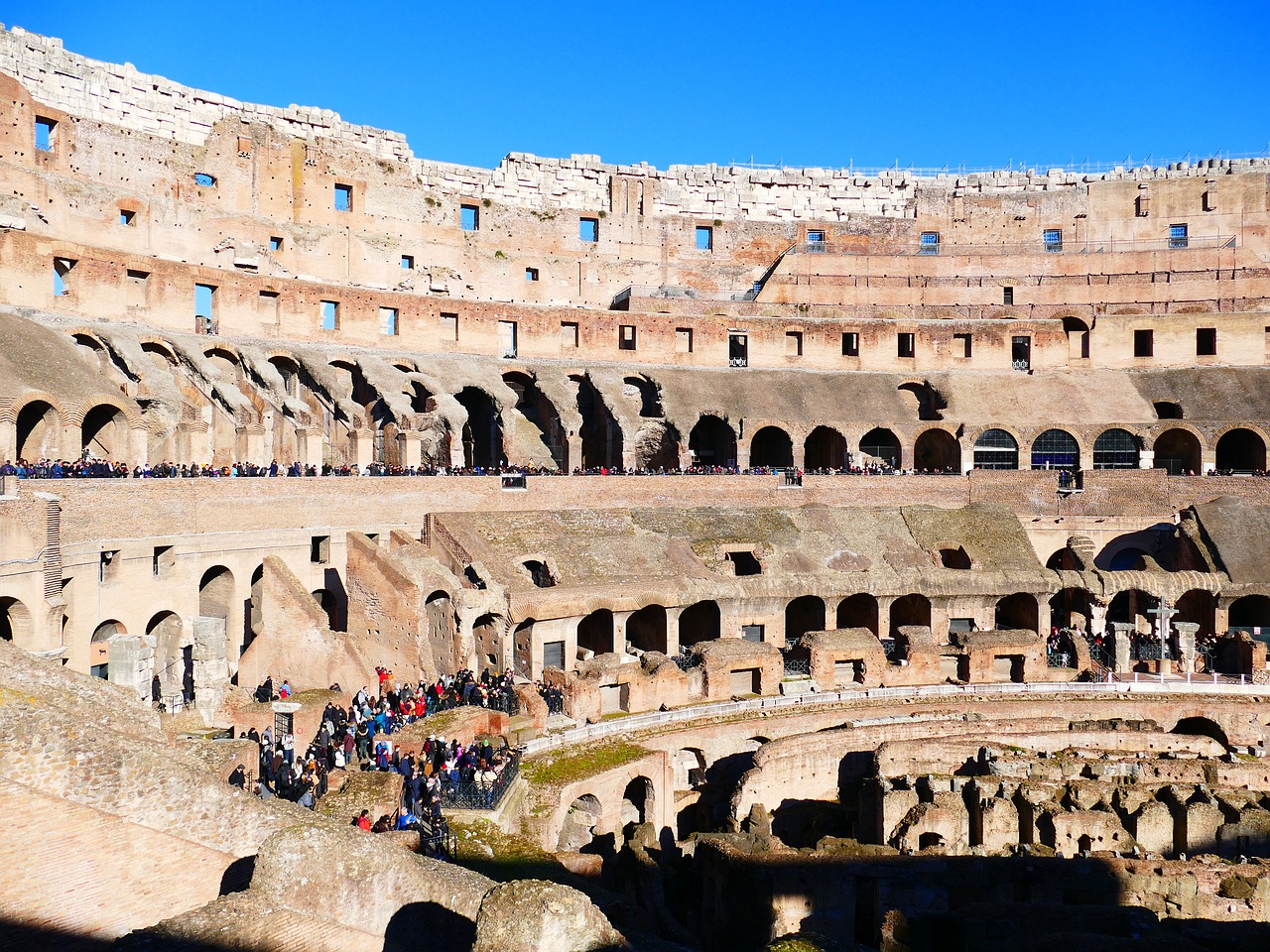
Frescoes and Mosaics
When exploring the ancient city of Pompeii, one cannot help but be mesmerized by the intricate that adorn the walls and floors of the excavated buildings. These ancient artworks provide a vivid glimpse into the artistic prowess and aesthetic preferences of the Pompeiian society.
The frescoes, in particular, are stunning examples of Roman painting techniques. These wall paintings often depicted scenes from daily life, mythological stories, and elaborate decorative motifs. The vibrant colors and detailed brushwork used in frescoes showcase the skill and creativity of the ancient artists.
On the other hand, the mosaics found in Pompeii are intricate works of art created by assembling small colored pieces of glass, stone, or tile. These mosaic floors, with their geometric patterns, mythological figures, and intricate designs, reflect the rich cultural tapestry of the Roman world.
One of the most famous examples of Pompeiian mosaics is the "Alexander Mosaic" found in the House of the Faun. This detailed artwork depicts the battle between Alexander the Great and Darius III of Persia, capturing a moment of intense drama and historical significance.
Through the study of these , archaeologists and art historians are able to piece together the visual language and storytelling traditions of ancient Pompeii. These artworks not only serve as decorative elements but also provide valuable insights into the beliefs, values, and daily life of the Pompeiian people.

Natural Disaster and Preservation
Delving into the catastrophic event that forever altered the course of history, the eruption of Mount Vesuvius in 79 AD stands as a pivotal moment in the story of Pompeii. The volcanic eruption, which buried the city under layers of ash and pumice, not only brought about destruction but also paradoxically led to the exceptional preservation of Pompeii. The sudden and violent eruption, akin to a fierce dragon awakening from its slumber, engulfed the city in a deadly embrace, freezing it in time like a macabre museum exhibit.
As Vesuvius unleashed its fury upon the unsuspecting inhabitants of Pompeii, the city was engulfed in a chaotic dance of fire and ash. The once vibrant streets and bustling marketplaces were transformed into eerie, silent corridors of death and despair. The volcanic ash that blanketed the city acted as a protective shroud, preserving the buildings, artifacts, and even the remains of its residents for centuries to come. It was as if time itself had been suspended, allowing modern-day archaeologists to peel back the layers of history and unveil the secrets of the past.
The preservation of Pompeii offers a unique glimpse into the daily lives of its ancient inhabitants, capturing moments frozen in time like insects trapped in amber. The haunting plaster casts of individuals, their final expressions of fear and agony immortalized in stone, serve as poignant reminders of the human tragedy that unfolded on that fateful day. The archaeological excavations at Pompeii continue to unearth new discoveries, painting a vivid picture of a society abruptly halted in its tracks by the forces of nature.
Today, Pompeii stands as a testament to the power of nature and the resilience of the human spirit. The ongoing research and conservation efforts aimed at safeguarding this archaeological treasure trove are crucial in ensuring that future generations can continue to marvel at the wonders of the past. By preserving the legacy of Pompeii, we not only honor the memory of those who perished in the shadow of Vesuvius but also celebrate the enduring legacy of a civilization lost in time.
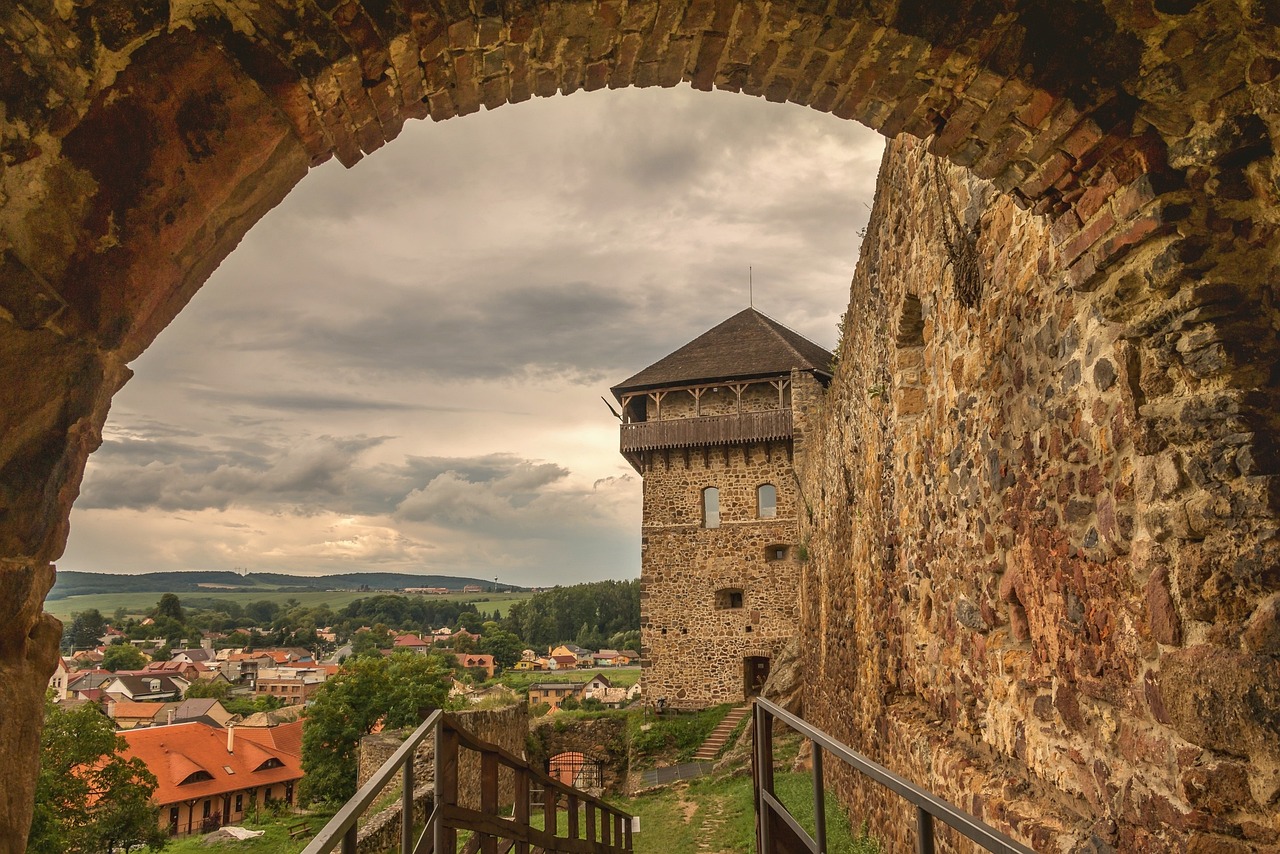
Ongoing Research and Conservation Efforts
Ongoing research and conservation efforts at Pompeii play a crucial role in preserving the ancient city for future generations. The ongoing excavations and studies aim to uncover more secrets hidden beneath the layers of ash and debris, providing valuable insights into the daily life and culture of the Pompeiian society.
Archaeologists and conservationists are working tirelessly to protect the fragile remains of Pompeii from natural elements and human intervention. Advanced technologies and innovative techniques are being employed to stabilize structures, conserve artifacts, and prevent further deterioration of the site.
Collaborative efforts between international organizations, local authorities, and academic institutions are essential in ensuring the long-term preservation of Pompeii. Research projects focus on studying the impact of climate change, tourism, and urban development on the archaeological site, guiding sustainable conservation practices.
Public awareness campaigns and educational programs are also integral components of the conservation efforts at Pompeii. By engaging with the local community and visitors, awareness about the significance of preserving cultural heritage is raised, fostering a sense of responsibility towards safeguarding Pompeii.
Frequently Asked Questions
- What is the history of Pompeii?
The history of Pompeii dates back to ancient Roman times when it was a thriving city near Naples. It was famously buried under volcanic ash and pumice after the eruption of Mount Vesuvius in 79 AD, preserving it for centuries.
- What kind of discoveries have been made in Pompeii?
Archaeologists have unearthed a treasure trove of artifacts in Pompeii, including well-preserved frescoes, mosaics, household items, and even human remains. These discoveries provide invaluable insights into the daily life and culture of the ancient Romans.
- What architectural marvels can be found in Pompeii?
Pompeii boasts impressive architectural wonders such as the amphitheater, temples, and luxurious villas. These structures showcase the advanced engineering skills and artistic flair of the Romans, offering a glimpse into their sophisticated urban planning.
- How is Pompeii preserved despite the natural disaster?
The catastrophic eruption of Mount Vesuvius led to the burial of Pompeii under layers of ash and pumice, effectively freezing the city in time. This natural disaster, while devastating, paradoxically contributed to the exceptional preservation of Pompeii's buildings, artifacts, and even human casts.
- What ongoing research and conservation efforts are taking place in Pompeii?
Currently, there are various research initiatives and conservation projects underway in Pompeii to safeguard its archaeological heritage. These efforts aim to protect the site from deterioration, ensure proper restoration of structures, and promote sustainable tourism for future generations to appreciate.


